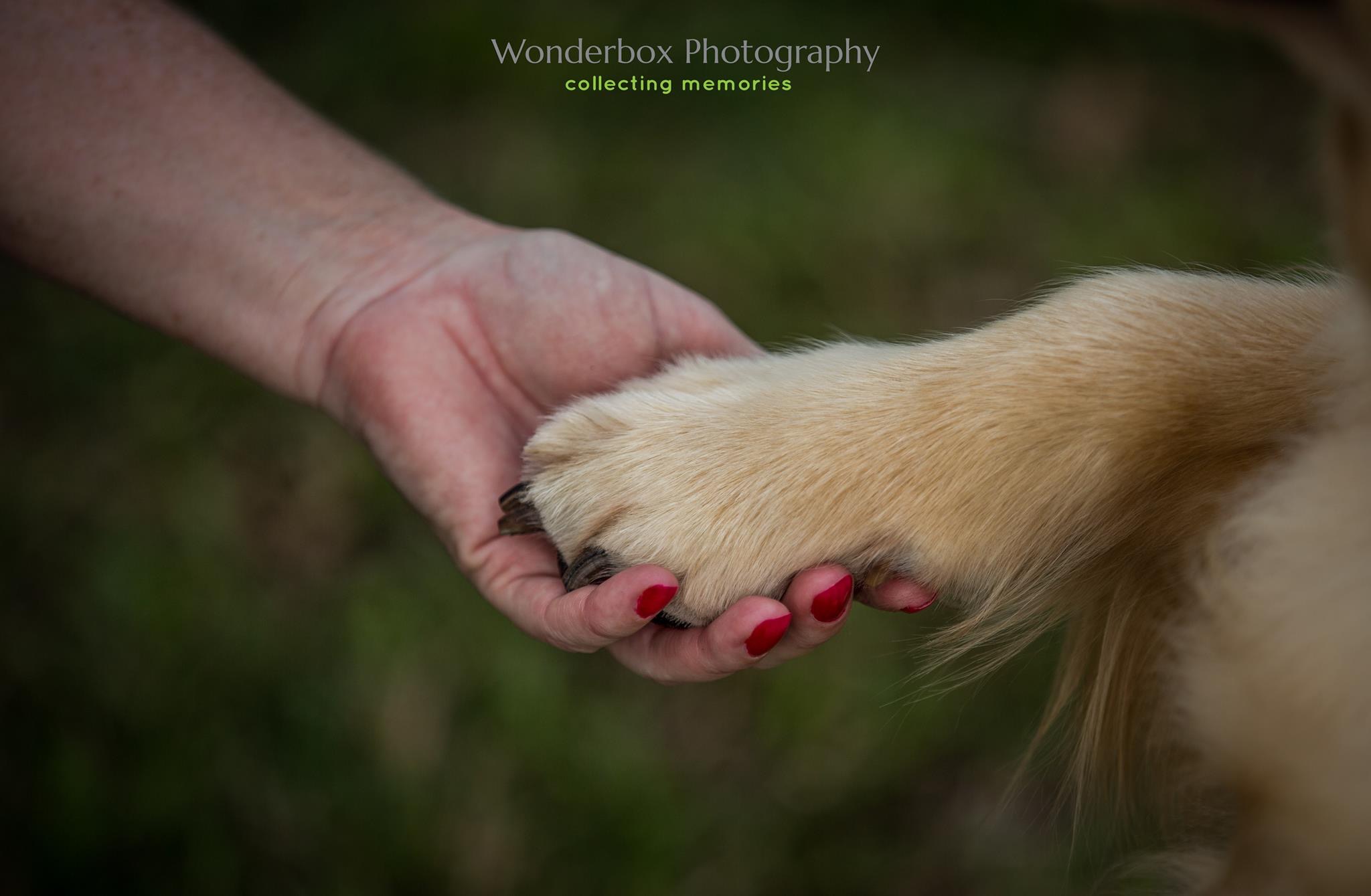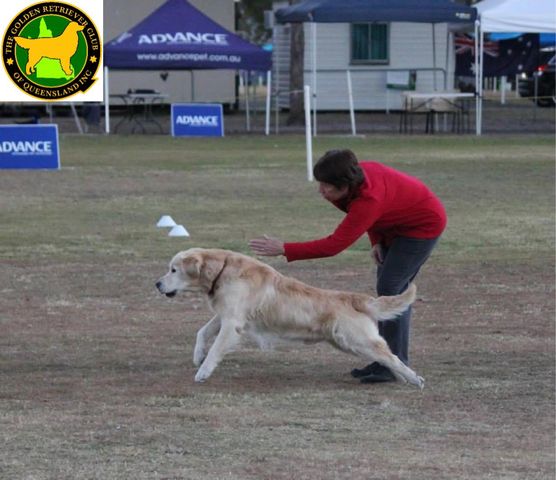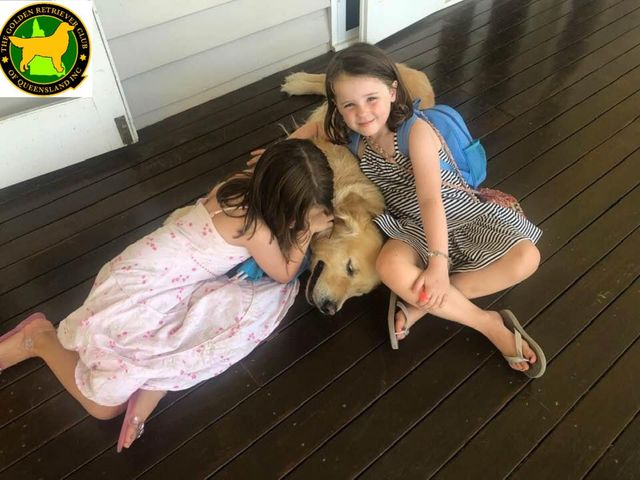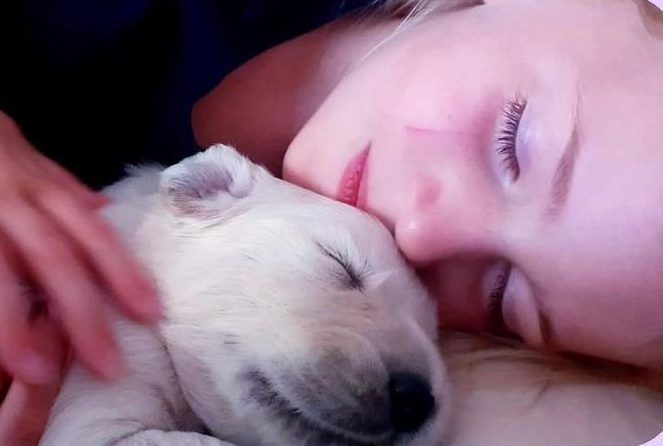Elbow Diseases in Golden Retrievers
ELBOW DYSPLASIA
Elbow dysplasia is the abnormal development of the elbow joint. The term includes a number of specific abnormalities which affect different sites in the joint. These abnormalities are called primary lesions. Primary lesions cause problems by affecting the development of the cartilage in growth plates and the joint surfaces. The primary lesions then start a secondary osteoarthritic process.
The three common abnormalities are:
Osteochondritis dissecans (OCD)
Fragmented or Ununited Coronoid Process (FCP)
Ununited Anconeal Process (UAP)
The primary lesions occur during the growth of the puppy and cause abnormal wear of the joint surfaces and osteoarthritis. The elbow is particularly vulnerable to this disease because the bones and cartilage surfaces in the joint have complex shapes and the elbow is a high motion joint. Lameness is first noticed around 4 to 6 months of age and may be intermittent. Typically a dog looks stiff when rising from rest and has a mild lameness which gets worse after exercise. Males are more often affected. Treatment may involve surgery and/or drugs depending on the severity.
Elbow Scores
Breeding dogs are scored using an x-ray of the elbow joint and the assessment can be made at the same time as the hip joints. The grade is based on the presence of primary lesions and the size and extent of secondary lesions. Each elbow is given a grade between 0 and 3. A grade of 0 is normal with no lesions or osteoarthritis and a grade 3 has severe osteoarthritis.
A number of factors influence the occurrence of elbow dysplasia. The condition is not controlled by a simple gene or simple inheritance, but by the combination of many genes. The severity of elbow dysplasia is also influenced by your dog’s growth rate and the amount of exercise. Do not overfeed and cause your puppy to grow too rapidly or allow him to carry excess weight which puts abnormal stresses on the major weight bearing joints.
Typical manifestations of elbow dysplasia in dogs
Typical manifestations of elbow dysplasia in dogs
1 step between articular surfaces of radius and ulna,
2 isolated anconeal process,
3 fragmented medial coronoid process (FCP), OCD of the medial condyle
ELBOW DISEASES IN GROWING DOGS by Roger Lavelle ~ University of Melbourne







